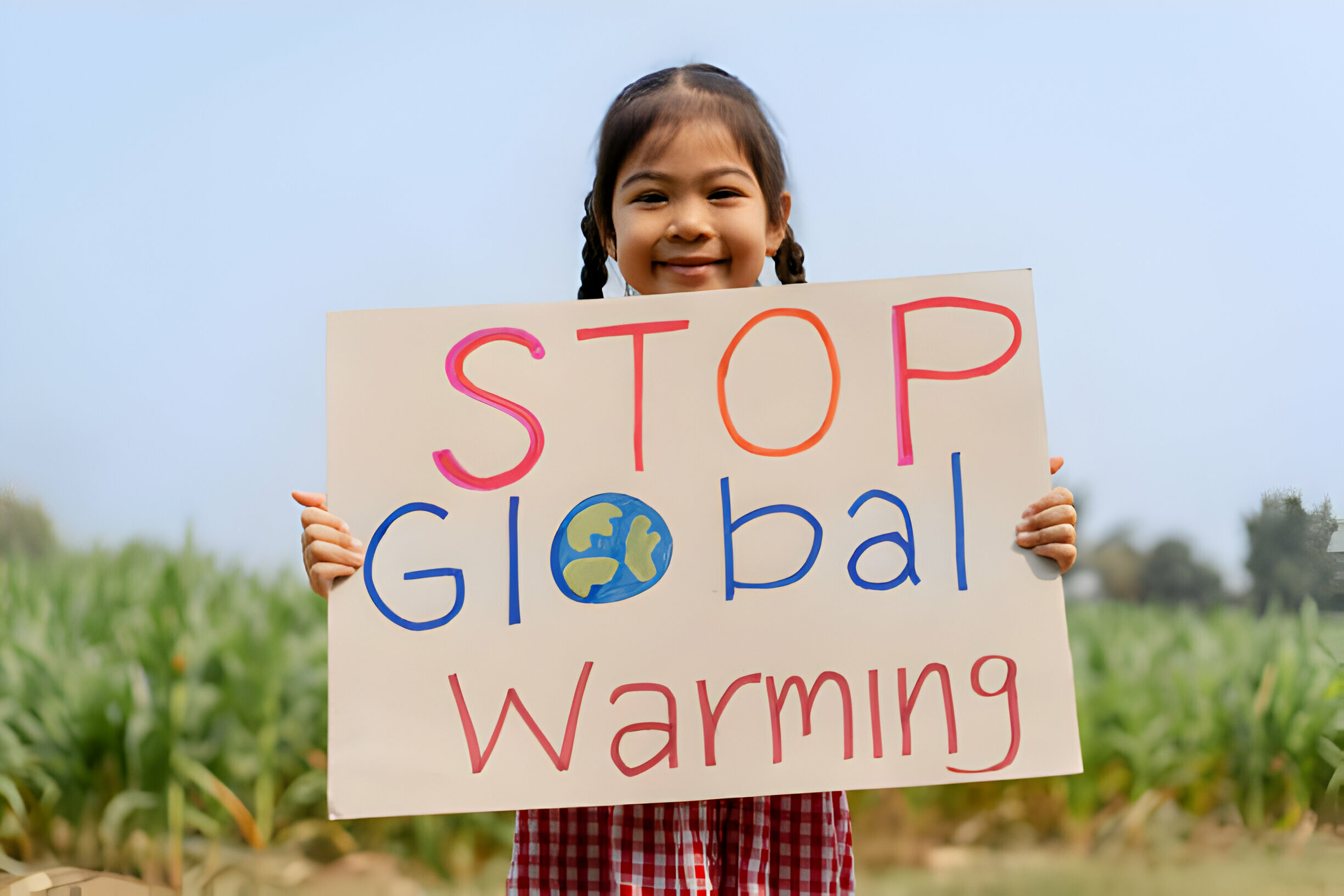Do you ever notice how your summers seem to be getting hotter each year? Well, that’s not just a coincidence. Global warming is real, and it’s happening right now. Scientists have been studying historical temperature trends, Arctic climate vulnerability, and the impact of greenhouse gases to prove this undeniable fact. Let’s dive into the evidence together in this article on whether global warming is real or not.
Historical Temperature Trends
In the context of historical temperature trends, you can see how Earth’s climate has fluctuated over time, with evidence pointing to significant changes in global temperatures. Paleoclimate evidence gathered from ice cores, tree rings, and sediment layers reveals past climates and temperature fluctuations. Historical data analysis indicates long-term trends showing shifts in climate change patterns. These studies highlight the impact of natural factors alongside human activities on Earth’s temperature variations. By examining these long term trends, scientists can better understand the underlying mechanisms driving climate change and prepare for future challenges posed by ongoing global warming.
Arctic Climate Vulnerability
Explore how the Arctic climate vulnerability impacts wildlife populations and sea ice loss. The Arctic ecosystem faces challenges like permafrost thawing, leading to habitat disruptions for wildlife. Sea ice loss affects marine species’ feeding grounds and breeding sites, impacting their survival. Wildlife adaptation becomes crucial as extreme weather events intensify, affecting migration patterns and food availability. The delicate balance within the Arctic ecosystem is threatened by these changes, requiring innovative conservation efforts to mitigate the risks posed by sea ice loss and extreme weather impacts. Understanding how wildlife adapts to these challenges is essential for preserving the unique biodiversity of the Arctic region amidst ongoing climate vulnerabilities.
Human Influence on Climate Change
You should consider how human activities significantly impact climate change. Climate modeling helps us understand the complex interactions driving global warming. Your carbon footprint, influenced by daily choices, contributes to greenhouse gas emissions. Embracing renewable energy sources like solar and wind power can reduce your environmental impact. Climate policy plays a crucial role in regulating emissions and fostering sustainable practices. Additionally, ocean acidification, caused by increased carbon dioxide absorption, threatens marine ecosystems worldwide. By being mindful of your actions and supporting initiatives that prioritize sustainability, you can help mitigate the effects of climate change for future generations.
Climate Measurement Techniques
When examining climate measurement techniques, scientists utilize historical data from tree rings, sediments, and ice cores to understand past environmental conditions.
Key Insights:
- Tree ring analysis: Thicker tree rings in old trees indicate warmer and wetter years.
- Ice core insights: Ice core samples show higher greenhouse gas concentrations compared to the past.
- Sediment studies: Sediments provide insights into past air and water conditions.
- Climate models: Computer models help simulate Earth’s climate and predict future trends.
These methods not only offer a glimpse into our planet’s climatic history but also assist in developing accurate predictions for future climate patterns based on solar impacts and other influencing factors.
Impact of Greenhouse Gases
Recent studies have shown a significant rise in methane emissions leading to concerning methane hot spots around the globe. Greenhouse gas emissions, particularly methane, play a crucial role in atmospheric warming and climate models. The increased presence of these gases contributes to ocean acidification and has far-reaching environmental impacts.
| Greenhouse Gas Emissions | Environmental Impacts |
|---|---|
| Methane emissions rising | Increased atmospheric warming |
| Impacting climate models | Leading to ocean acidification |
| Contributing to environmental concerns | Causing alarming methane hot spots |
El Niño Phenomenon Analysis
Experiencing warm ocean temperatures in the Pacific, El Niño influences global weather patterns and leads to extreme events like floods and droughts. Here’s what you need to know:
- Ocean temperatures: El Niño causes significant warming in the Pacific Ocean.
- Extreme events: It triggers floods, droughts, and other severe weather conditions worldwide.
- Agriculture impacts: El Niño disrupts rainfall patterns, affecting crop yields and food production.
- Climate variability: This phenomenon contributes to fluctuations in global climate systems, impacting regions differently.
- Ecosystem effects: El Niño alters marine ecosystems by influencing fish migration patterns and coral reef health.
Understanding these aspects of El Niño is crucial for preparing for its effects on weather, agriculture, climate dynamics, and natural habitats around the world.
Effective Climate Change Strategies
Efforts to combat climate change include utilizing renewable energy sources and promoting energy efficiency in industries and households. Renewable energy solutions like solar and wind power play a crucial role in reducing greenhouse gas emissions. Implementing energy efficiency measures not only cuts carbon footprints but also helps in conserving resources. Forest conservation efforts are essential for sequestering carbon and preserving biodiversity. International climate agreements facilitate collective action to address global warming challenges on a larger scale, emphasizing the importance of cooperation among nations. By focusing on these strategies, individuals, industries, and governments can work together to make a significant impact on combating climate change and creating a more sustainable future for generations to come.
Consensus Among Climate Scientists
Scientists worldwide agree that humans are the primary drivers of climate change, with 97% of actively publishing climate scientists concurring on this consensus. When examining the current state of climate research, consider these key aspects:
- Climate Models: These sophisticated tools help us simulate and understand complex interactions within Earth’s climate system.
- Satellite Data: Vital for monitoring changes in temperature, ice cover, and vegetation across the globe.
- Ocean Temperatures: Rising ocean temperatures have profound effects on marine ecosystems and weather patterns.
- Atmospheric CO2: The increase in atmospheric CO2 levels due to human activities is a major contributor to global warming.
- Scientific Consensus: A vast majority of experts agree that human actions are significantly altering our planet’s climate.
Unprecedented Global Warming Evidence
Witness the undeniable evidence of Earth’s temperature escalation, reflecting unparalleled changes in our climate system. The impact of global warming is vividly seen through extreme weather events, rising sea levels, shifting wildlife populations, the promotion of renewable energy sources, and the critical need for forest conservation efforts. These factors highlight the urgency to address climate change comprehensively.
Climate Change Impacts Table:
| Extreme Weather Events | Rising Sea Levels | Wildlife Populations |
|---|---|---|
| Increase in intensity and frequency of hurricanes, heatwaves, and wildfires | Gradual inundation of coastal areas leading to habitat loss and increased flooding risks | Disruption of ecosystems and habitats affecting various species’ survival |
| Renewable Energy Sources | Forest Conservation |
|---|---|
| Transitioning to cleaner energy options like solar and wind power for reduced emissions | Protection and restoration of forests crucial for carbon sequestration and biodiversity preservation |


